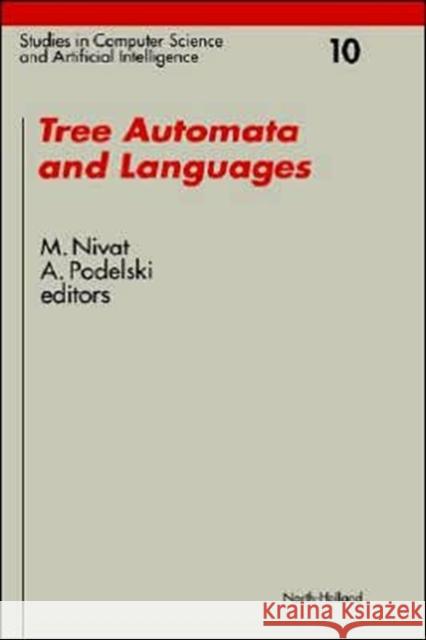Tree Automata and Languages: Volume 10 » książka
Tree Automata and Languages: Volume 10
ISBN-13: 9780444890269 / Angielski / Twarda / 1992 / 496 str.
The theory of tree languages, founded in the late Sixties and still active in the Seventies, was much less active during the Eighties. Now there is a simultaneous revival in several countries, with a number of significant results proved in the past five years. A large proportion of them appear in the present volume.The editors of this volume suggested that the authors should write comprehensive half-survey papers. This collection is therefore useful for everyone interested in the theory of tree languages as it covers most of the recent questions which are not treated in the very few rather old standard books on the subject. Trees appear naturally in many chapters of computer science and each new property is likely to result in improvement of some computational solution of a real problem in handling logical formulae, data structures, programming languages on systems, algorithms etc. The point of view adopted here is to put emphasis on the properties themselves and their rigorous mathematical exposition rather than on the many possible applications.This volume is a useful source of concepts and methods which may be applied successfully in many situations: its philosophy is very close to the whole philosophy of the ESPRIT Basic Research Actions and to that of the European Association for Theoretical Computer Science.











